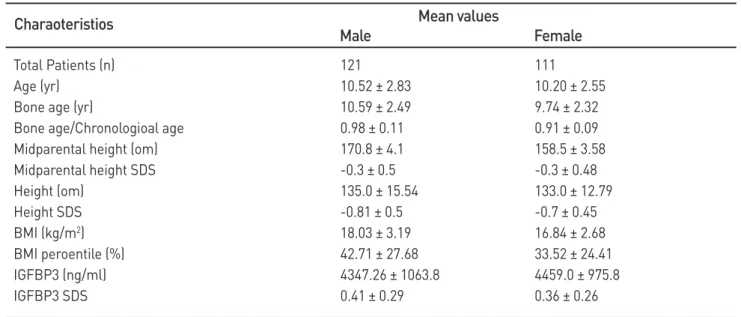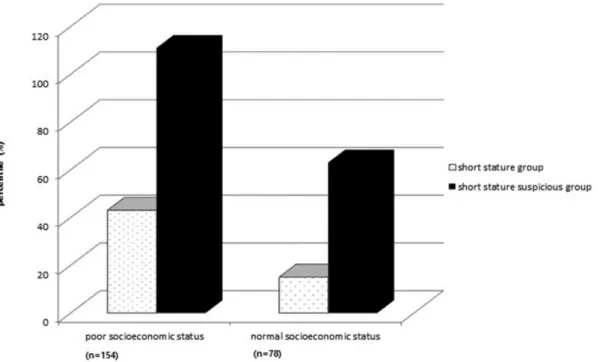Influences of Socioeconomic Status on Short Stature in Childhood
전체 글
수치



관련 문서
1 John Owen, Justification by Faith Alone, in The Works of John Owen, ed. John Bolt, trans. Scott Clark, "Do This and Live: Christ's Active Obedience as the
If you started writing your hypothetical novel using L A TEX instead of a WYSIWYG editor, and used custom environments for typesetting events in different dimensions, and
Therefore, this research is trying to deal with investigation on color status and problem of usage of color status on street furnitures installed in city
purpose of introducing the representative lawsuits in such a trend, it is necessary to review the status of representative cases and judicial issues in
A comparison of the cleaning efficacy of short-term sonic and ultrasonic passive irrigation after hand instrumentation in molar root canals.. Ultrasonic
socioeconomic status and thyroid cancer prevalence; Based on the korean National Health and Nutrition Examination Survey2010-2011. Jung YI, Kim
This study aims to identify whether socioeconomic level of parents affects obesity of adolescents and whether the relations between adolescent's obesity
In addition, I investigated the current status of vocal coaches working in Korean choruses and requested online interviews regarding the job of the vocal